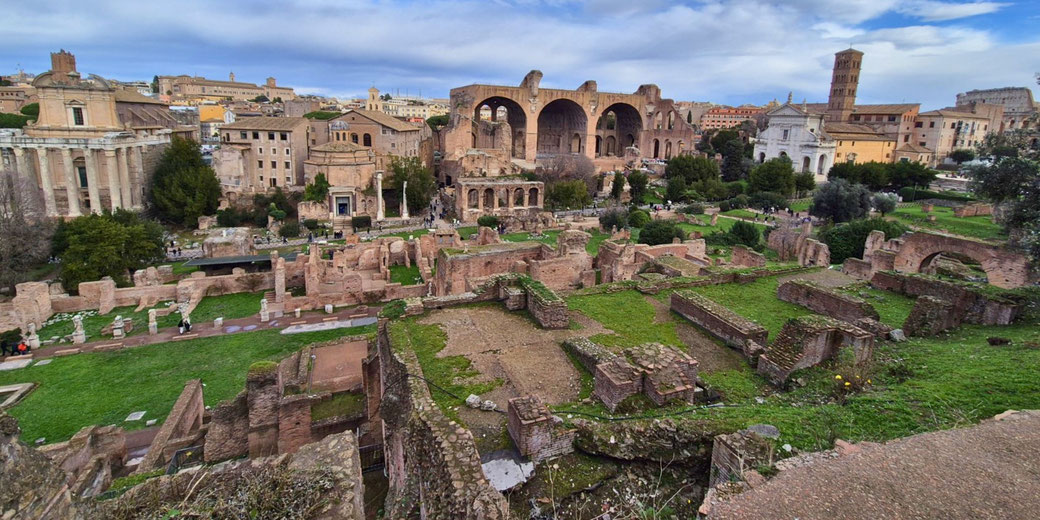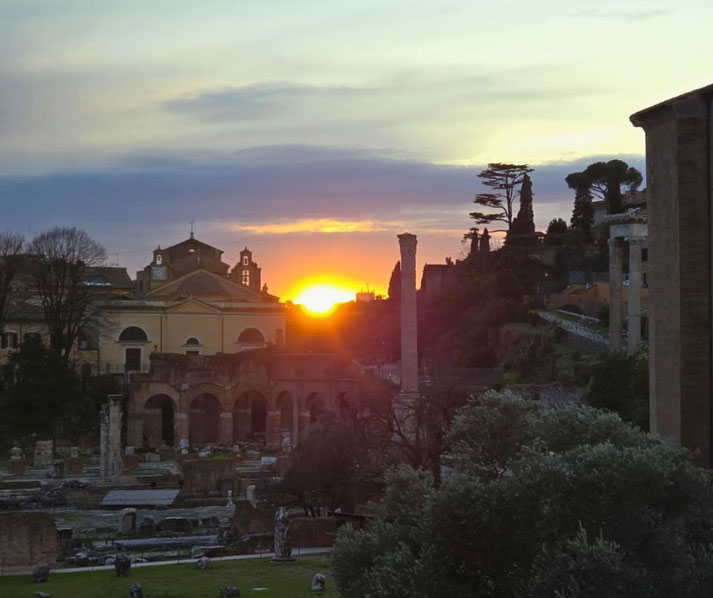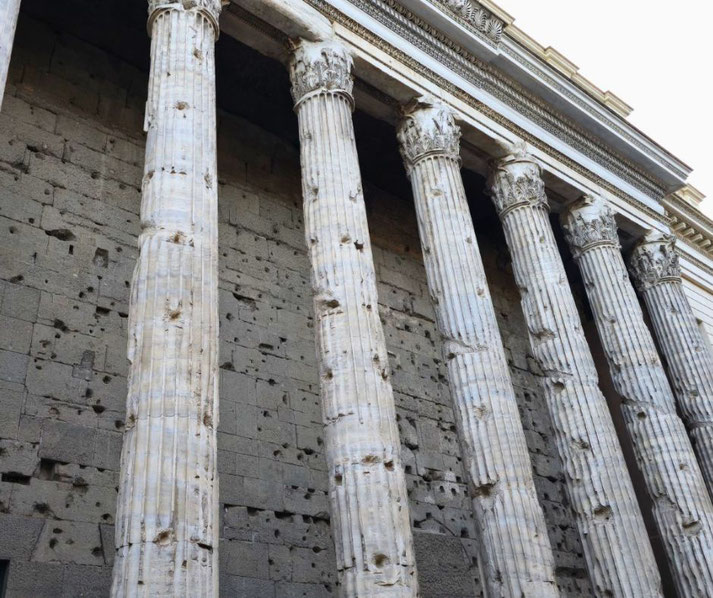Rome didn't fall in a day: The extended timeline of Rome's decline

The collapse of the Western Roman Empire is often presented as a single severe event. Textbooks frequently highlight the year AD 476, when the last emperor based in Italy, Romulus Augustulus, was overthrown by the Germanic leader Odoacer.
However, that date only marked the end of a process that took hundreds of years to develop. Rome’s decline did not happen suddenly.
It was slow, uneven, and full of crises, recoveries, and changes. Historians have suggested several other possible dates for the empire’s fall, each focusing on a different stage in its slow breakdown.
The first signs of trouble
The roots of decline go back to the late second century AD. After Emperor Marcus Aurelius died in AD 180, the empire entered a long period of unrest.
His son Commodus proved to be a poor ruler, and his assassination in AD 192 led to civil war.
Over the next century, Rome had many changes of emperors, internal power struggles, and growing pressure from foreign groups along its borders.
Many scholars call the third century the "crisis period," and some believe that Rome’s real descent began then.
A key turning point came in AD 235, when Emperor Severus Alexander was killed by his own troops.
This began the Crisis of the Third Century, during which about twenty-six officially recognised emperors ruled in just fifty years.
At times, the empire broke apart completely, with breakaway states like the Gallic Empire and the Palmyrene Empire forming.
Economic troubles, military defeats, plagues, and inflation all weakened central control.
Although the empire came back together under Emperor Aurelian in the 270s and underwent later changes under Diocletian, the damage had already been done.
Some historians suggest AD 235 as the start of a decline that could not be reversed.
Others argue that the death of Constantine the Great in AD 337 led to division.
Constantine had brought the empire back together and expanded the city of Byzantium into a new capital, officially named Nova Roma, though it later became known as Constantinople.
After his death, the empire was divided between his sons. That split became permanent, eventually becoming separate eastern and western halves.
Over time, the Western Empire became more exposed to outside threats because of its weaker economy and smaller tax base.
Did Rome fall in 410, 455, or 476?
Another viewpoint focuses on AD 376, when Gothic tribes were allowed to cross the Danube and settle within Roman lands.
Poor treatment by officials sparked a revolt, which led to the disastrous Battle of Adrianople in AD 378.
Emperor Valens died, and much of the eastern field army was destroyed. The Goths were not removed.
Instead, they stayed and gained more power. This event showed Rome’s problems in protecting its frontiers, and is seen by many as an early sign of military weakness.
The sack of Rome by the Visigoths in AD 410 is another important date. They captured the city after a long siege under the leadership of Alaric.
The impact was huge. Rome had not fallen to an enemy in over eight hundred years, which made the sack all the more shocking.
Although the city remained under imperial control, the sack destroyed its reputation for being unbeatable.
Many elites fled to safer areas, which further weakened central power.
Another date is AD 455, when the Vandals, under King Genseric, sacked Rome again.
This attack lasted for weeks and caused more damage than the first. The Vandals looted the city and took valuables from its buildings.
The Western Empire had no real naval power to fight back. This episode showed that Rome could no longer protect its own capital, and is sometimes seen as the moment when the Western Empire became a shell.
The best-known date, AD 476, comes from the removal of Romulus Augustulus. By then, the emperor had little real power.
Military leaders, who were often of Germanic origin, held true control in Italy.
After removing Romulus, Odoacer chose not to appoint a new emperor. Instead, he ruled Italy in the name of the Eastern Roman Emperor in Constantinople.
This change ended the Western imperial line, but it did not cause a sudden collapse.
Roman laws and many institutions, including the Senate, continued under later rulers like the Ostrogothic Kingdom.

Treating the western half separately might help...
A final possible end date is AD 480, when Julius Nepos, an emperor of the west that was still recognised in Constantinople, was killed in Dalmatia on 9 May 480.
Although he had been removed from Italy in 475, he kept control of Dalmatia and was seen by the Eastern Empire as the true Western emperor.
His death removed the last legal link to the Western Empire’s existence.

The problem of focusing too much on AD 476
Each of these dates shows a different part of Rome’s decline: loss of military strength, divided political power, economic instability, or collapsed central systems.
Rather than a single fall, Rome’s end was a long sequence of events, in which the Western Empire slowly stopped working as a single state.
In the end, Rome did not collapse overnight. Its decline took centuries, and historians still debate when the empire truly ended.
What do you need help with?
Download ready-to-use digital learning resources
Copyright © History Skills 2014-2025.
Contact via email
With the exception of links to external sites, some historical sources and extracts from specific publications, all content on this website is copyrighted by History Skills. This content may not be copied, republished or redistributed without written permission from the website creator. Please use the Contact page to obtain relevant permission.





